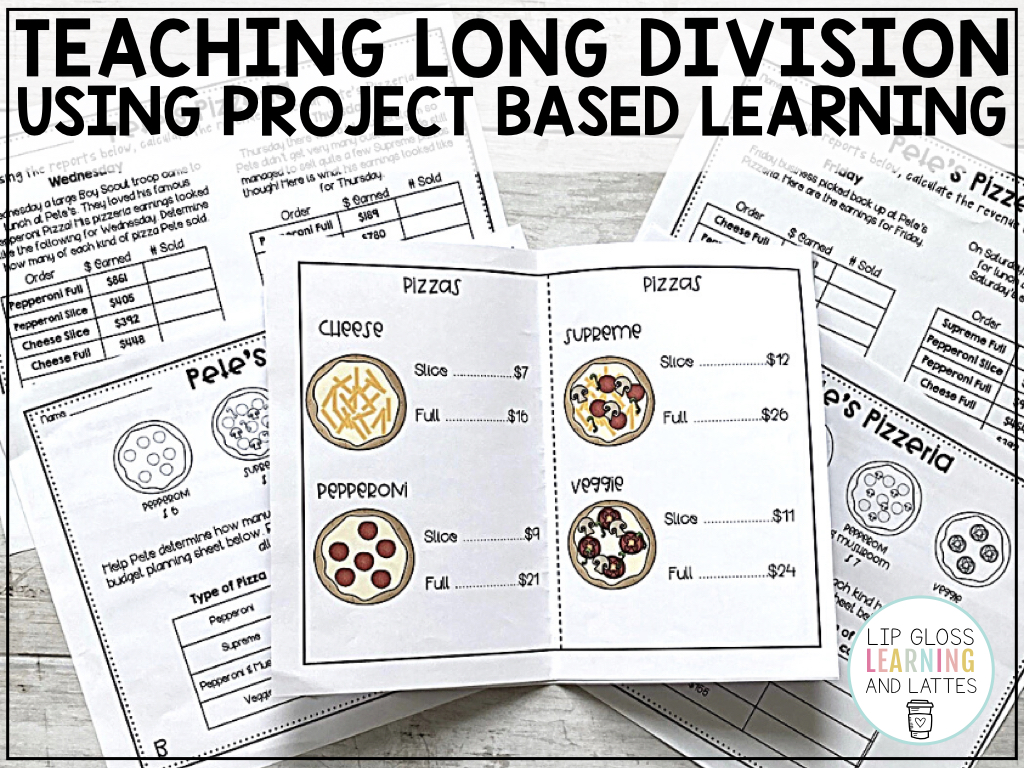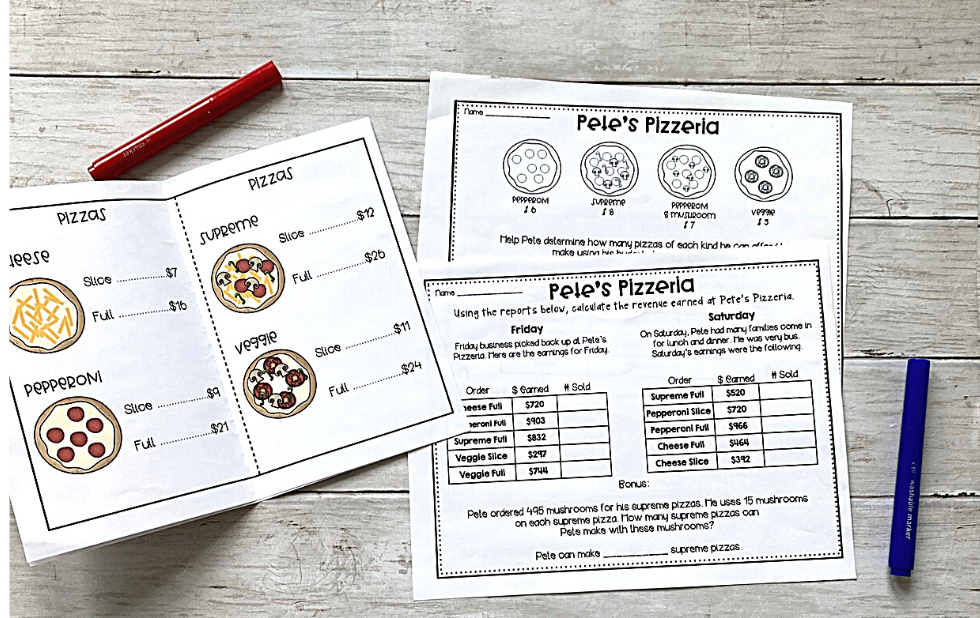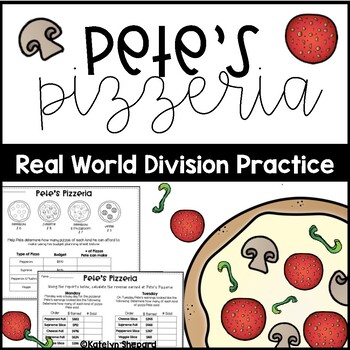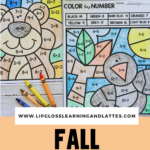Teaching Long Division Using Project Based Learning
Teaching long division can be repetitive and let’s face it, sometimes boring. Long division is one of those skills that require students to practice a lot. While there are some students who can solve row after row of division practice problems, chances are you have a few students who you’ll lose after the first few days of practice. Today I want to share with you a fun way you can teach long division using project based learning! Learning long division can bring students to tears , but it doesn’t have to!
This is where PBL or Project Based Learning comes into play and saves the day! So if you ( or your students) want to up the engagement in your classroom when it comes to learning long division let me share with you how you can get that done. I promise there’s hardly no prep included and your students will be begging for more! Let me explain to you how you can teach long division using project based learning.

What is Project Based Learning?
Project based learning is the opportunity for students to practice specific skills that they already know while completing real-world tasks and solving problems. Student engagement gets brought up to a whole new level when there is true purpose behind what they are learning. Good PBL tasks can get even the most reluctant math student calculating away as they try and solve problems that they would actually see in the real world.

Why Use Project Based Learning to teach long division?
Teaching long division requires a lot of practice, it can be tricky to remember all of the steps and frustrating to students when they make a mistake. If you want students to be invested in what they are learning/doing there has to be a level of student interest. Project Based Learning tasks knock this out of the park! So when it comes to long division, I say sign me up! Inside of this Project Based Learning: Running a Pizza Shop, students are faced with the tasks a real-life pizza owner would encounter all while getting a ton of long division practice!
How can I use project based learning to teach long division?
I have created the PBL Running a Pizza Place resource specifically with long division practice in mind. First, students will use the pizza menu given to calculate a week’s worth of daily sales. They are given the amount of sales made for each pizza, but they must refer back to the menu, check each pizza’s price and use long division to determine how many of each kind of pizza was sold. Then, students will determine how many and what kind of pizzas can be made based on the budget that they are given. Again, long division is used as students look at their budget and divide it by the cost of each kind of pizza.

If you think this sound like a lot of division practice, you’re right-but in a good way!
See what this teacher had to say about using this with her students:
“I was searching for a resource that would keep my students engaged, but also practice their long division skills. This was exactly what I needed! I was able to differentiate this for the different learning levels, and students felt like they were doing something fun (even though it is a lot of division! lol) THANK YOU!” Audrey O.
HOw to IMPLEMENT Project Based Learning in the classroom
Some PBL tasks can take days, weeks, even months for students to complete. This PBL Long Division Task focuses solely on long division so it won’t take as long as other PBL activities you may find. Still, it is up to you to decide how long you want your students to have to complete it. Here are a few ideas on how you can use this Project Based Learning Resource in your elementary classroom:
- Early Finishers Activity: PBL tasks make excellent early finisher activities because students can pickup right where they’ve left off when they have some extra time in the day.
- Whole Group/Partner Assignment: If your schedule allows for it, you can spend two or three days, after you’ve introduced long division to have students complete this just as they would a regular assignment. It’s great reinforcement for long division. Model one of the tasks yourself and then pair students up to have them complete the project together or allow them to work on it independently.
- Math Rotations: If you have math rotations or centers in your daily math instruction, have students complete this as part of their assignment.
You can find this Long Division Project Based Learning resource by clicking HERE or the image below. 



